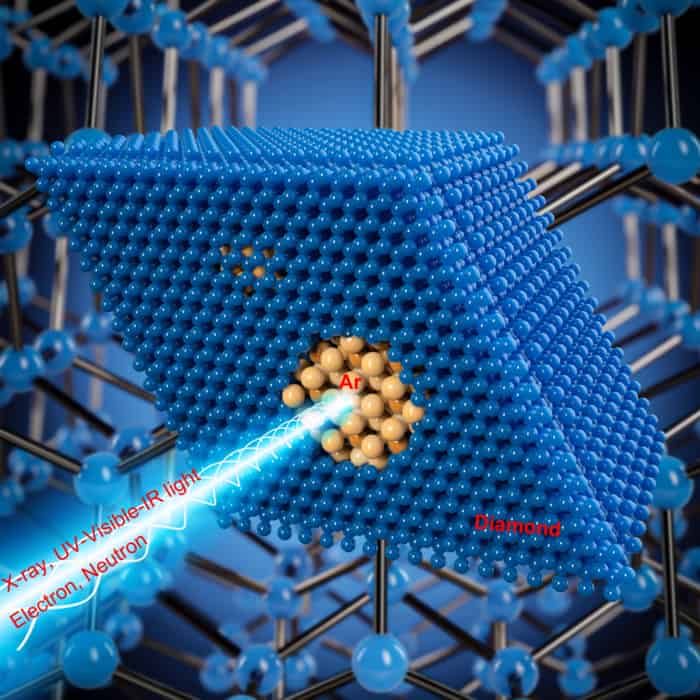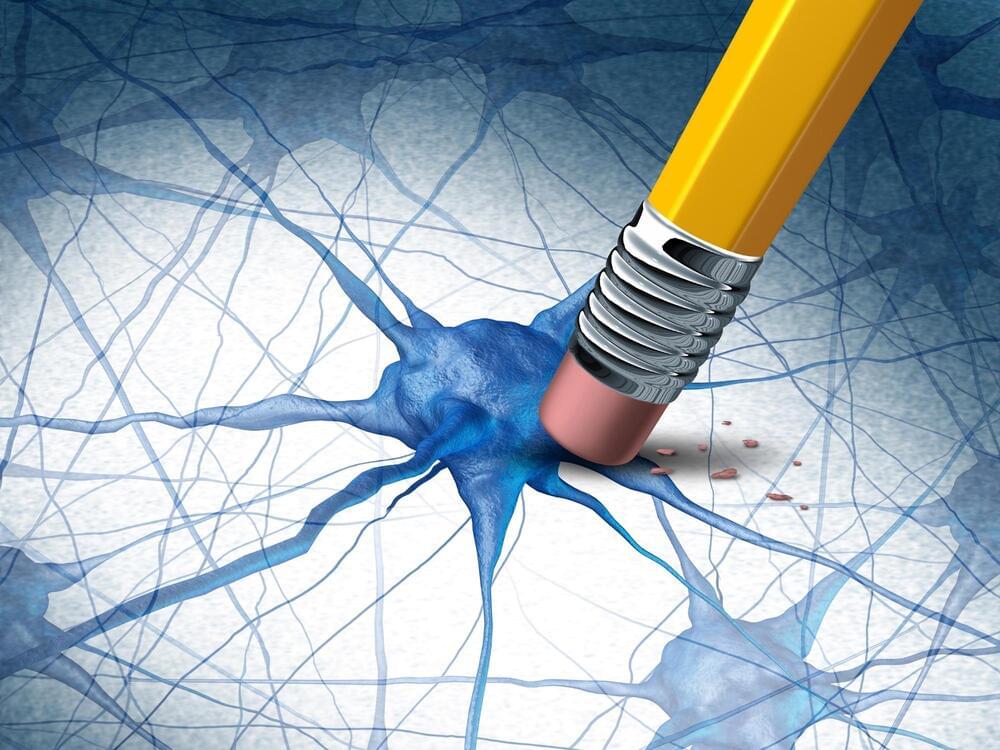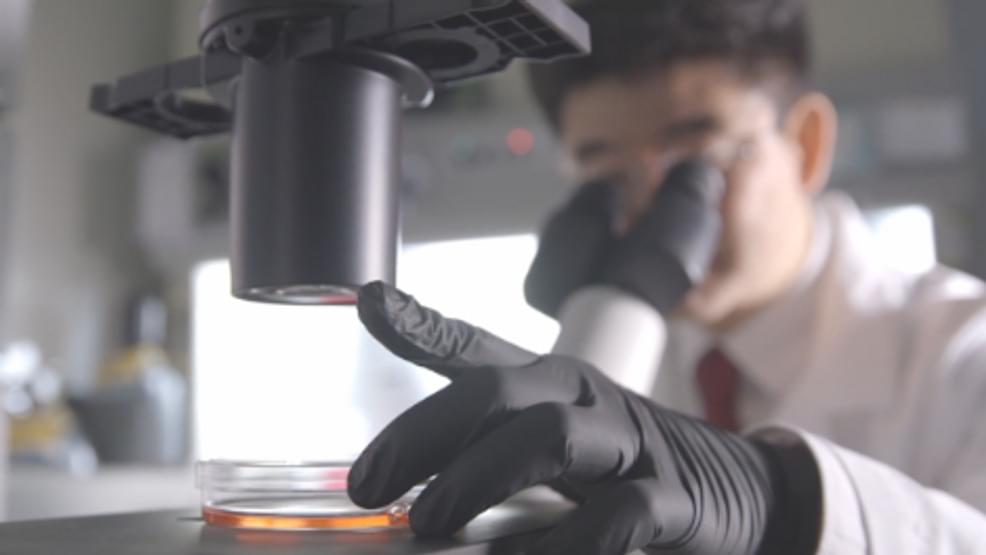After decades of exhaustive study, scientists have concluded that human tetrachromacy is real. Some people have a truly superhuman range of color vision. In fact, there are two distinct types of tetrachromacy. In some cases, it’s genetic. But in some rare cases, it can also be an acquired trait. While it’s difficult to test, enough tetrachromats have stepped forward that scientists now have visual and genetic tests for the condition.
One percent of the world’s population is thought to be tetrachromatic. These lucky folks may be able to see a thousand times as many colors as the rest of us trichromats. In order to test that idea, researcher Gabriele Johnson devised an experiment. She used precise amounts of pigment to create shades of paint that could only be distinguished by a machine — or a tetrachromat. In 2010, Johnson found a subject who was able to tell each subtle shade apart, every time — just as fast as trichromats could identify the colors they saw. “When you ask them to discriminate between the two mixtures, a tetrachromat can do it very quickly,” she said. “They don’t hesitate.”
Concetta Antico is a painter and art teacher with genetic tetrachromacy. Growing up in Sydney, she says, she was always “a little bit out of the box,” alone in her own visual dreamland. She always preferred the kaleidoscope of colors she saw when she looked at the natural world. But nobody else seemed to see it quite like she did. So she decided to paint what she saw. “I’m sure people just think I’m high on something all the time,” she said, “but I’m really just high on life and the beauty that’s around us.”







